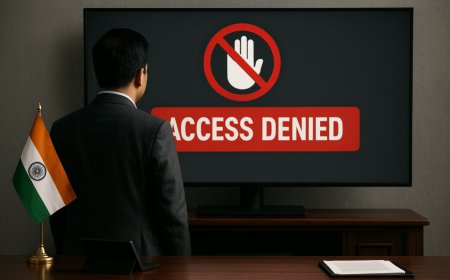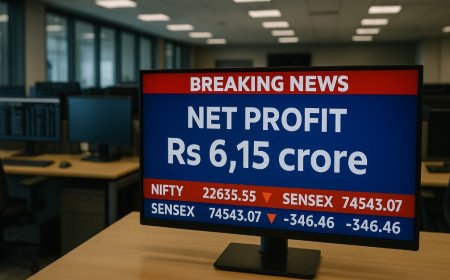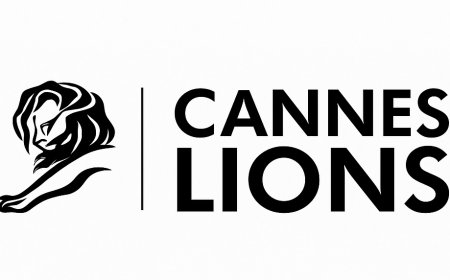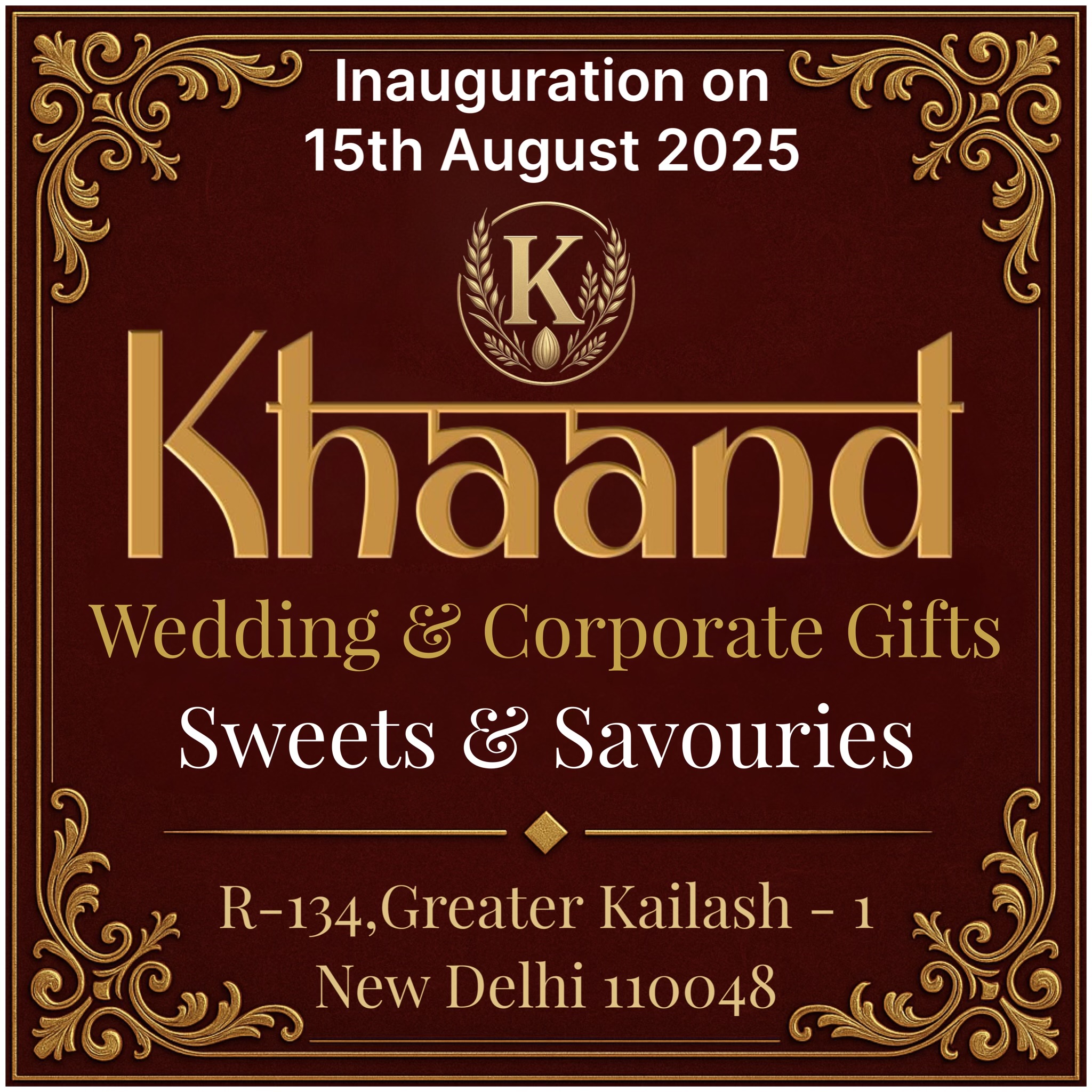Behind the Label: Chinese Manufacturers Reveal True Costs of Luxury Goods Amid Escalating Trade Tensions
Chinese luxury goods manufacturers are pulling back the curtain on industry pricing, revealing that items like $34,000 Birkin bags cost just $1,400 to produce, and are now selling identical unbranded products directly to consumers at 80-90% discounts, a move accelerated by escalating US-China trade tensions and tariffs reaching 145% that challenges traditional luxury market dynamics and "Made in China" stereotypes.

In a dramatic shift that threatens to reshape the global luxury goods industry, Chinese manufacturers who have long operated behind the scenes as suppliers to the world's most prestigious brands are pulling back the curtain on the true costs of high-end products. A wave of viral videos and social media posts from these suppliers has exposed the stark disparity between production costs and retail prices, revealing that items selling for tens of thousands of dollars often cost just a fraction to produce.
The Price of Prestige Exposed
The viral campaign gained significant traction when a Chinese manufacturer claimed that a Birkin bag retailing for $34,000 (approximately ₹29 lakh) costs merely $1,400 (around ₹1.2 lakh) to produce—a markup of over 2,300%. The supplier, who requested anonymity due to confidentiality agreements, detailed the costs of materials, skilled labor, and even shipping in a video that has since been viewed millions of times across social platforms.
"What you're paying for is not the craftsmanship or materials, but primarily the logo," explained the supplier in Mandarin, with English subtitles. "The actual artisans and manufacturers receive a very small percentage of the final retail price. The majority of what consumers pay goes directly to brand marketing, retail operations, and shareholder profits."
Similar revelations have emerged across product categories, from cosmetics to clothing. One manufacturer who claims to supply components to Estee Lauder and Bobbi Brown demonstrated nearly identical formulations being produced on the same production lines, with the only difference being the packaging and branding applied at the final stage.
Direct-to-Consumer: Cutting Out the Middleman
What makes this revelation particularly disruptive is that these manufacturers aren't simply exposing costs—they're actively offering consumers the opportunity to purchase these items directly. Through specialized e-commerce platforms and social media channels, Chinese suppliers are selling what they describe as "identical products without the logo" at prices 80-90% lower than retail.
"We use the same materials, the same skilled craftspeople, and the same manufacturing processes," stated another supplier who claims to produce leather goods for multiple European luxury brands. "The only difference is that we don't charge you for the marketing campaigns, celebrity endorsements, or elaborate storefronts."
These suppliers are sweetening the deal by offering to cover import duties and shipping costs—a direct response to increased tariffs resulting from ongoing trade tensions between China and the United States. Even with these additional costs factored in, consumers are reportedly saving thousands of dollars on items nearly indistinguishable from their branded counterparts.
Industry experts note that while some of these claims may be exaggerated, many have merit due to China's established position as the manufacturing hub for numerous luxury goods, despite brands' careful marketing suggesting European production.
A Response to Escalating Trade Tensions
This unprecedented move by Chinese manufacturers appears to be directly linked to the deteriorating trade relationship between the United States and China. With U.S. tariffs on Chinese goods reaching 145%, and China responding with retaliatory duties of 125%, manufacturers are seeking alternative business models that circumvent traditional distribution channels.
"What we're witnessing is an example of adaptive market response to trade barriers," explains Dr. Li Weiping, Professor of International Trade at Beijing University. "When conventional export channels become less viable due to tariffs, businesses naturally seek alternatives. In this case, they're going direct to the global consumer and cutting out the Western brand intermediaries."
The timing of this campaign coincides with statements from Chinese President Xi Jinping denouncing U.S. tariffs as "unilateral bullying." Government officials have repeatedly stated that China will not surrender to external pressure and will "fight to the end" in the ongoing trade dispute.
While there's no direct evidence of government coordination behind these revelations, trade analysts note that the messaging aligns with Beijing's broader economic strategy of reducing dependency on Western markets while strengthening domestic consumption and alternative trade partnerships.
Challenging the "Made in China" Stereotype
Beyond exposing price disparities, these manufacturing revelations serve another purpose: rehabilitating the perception of Chinese manufacturing quality. Several videos meticulously document the sophisticated production processes, highlighting the skill of workers and the premium materials used.
"There has long been a disconnect between the 'Made in China' stereotype and the reality that the world's most prestigious brands trust Chinese craftsmanship for their products," notes fashion industry consultant Sophia Wang. "These videos are effectively challenging that perception by showing that the very same hands creating $34,000 bags are capable of delivering the same quality directly to consumers."
One particularly viral video takes viewers through a leather workshop where artisans demonstrate techniques identical to those showcased in luxury brands' marketing materials about European craftsmanship. The video concludes with side-by-side comparisons of the finished products, with and without logos, challenging viewers to spot any quality difference.
The Luxury Industry Responds
The response from established luxury brands has been notably muted, with most declining to comment specifically on these claims. Industry associations, however, have issued statements emphasizing that authentic luxury encompasses more than manufacturing.
"True luxury is an ecosystem that includes design innovation, quality control, customer service, and brand heritage," stated the European Luxury Goods Association in a press release that carefully avoided addressing specific claims about manufacturing origins or costs. "The value of luxury extends far beyond the physical product."
Legal experts note that while selling unbranded products from the same factories isn't necessarily illegal, the situation becomes legally complex when suppliers explicitly claim to manufacture for specific brands—potentially violating confidentiality agreements and intellectual property laws.
"These suppliers are walking a very fine line," explains intellectual property attorney James Chen. "While they can legally sell similar unbranded products, making specific claims about manufacturing for named brands could trigger legal responses from those companies."
Some brands have reportedly begun investigating their supply chains to identify potential contract violations, though proving connections between official suppliers and these direct-to-consumer channels presents significant challenges.
Consumer Dilemma: Brand Prestige vs. Value
For luxury consumers, these revelations create a complex dilemma that extends beyond simple economics. While the prospect of obtaining nearly identical products at a fraction of the price holds obvious appeal, many luxury purchases are motivated by factors beyond the physical product itself.
"Luxury consumption is often about signaling—both to others and to oneself," explains consumer psychologist Dr. Emma Roberts. "The logo, the recognized silhouette, the ability to say 'this is a Birkin'—these social and psychological aspects of luxury ownership can't be replicated by an unbranded product, regardless of material quality."
Early consumer response suggests a divided market. Some luxury enthusiasts express shock and outrage at the markup percentages, with many claiming to have placed orders with these direct suppliers. Others remain skeptical about quality claims and express continued loyalty to established brands for their design innovation, quality consistency, and after-sales service.
"I don't just buy the bag; I buy the experience and the confidence that comes with a recognized brand," commented one luxury consumer on a social media discussion of the topic. Others disagreed: "If I can get the same quality for 10% of the price, the only thing I'm losing is the ability to brag about the brand—and I'm fine with that."
Implications for Global Trade and Manufacturing
Beyond immediate consumer impacts, these developments highlight broader shifts in global manufacturing and trade dynamics. For decades, Western brands have benefited from the combination of Chinese manufacturing costs and Western retail markups. The current situation suggests this model may be vulnerable to disruption.
"What these manufacturers are essentially doing is eliminating the brand premium and capturing more of the value chain for themselves," notes global supply chain expert Richard Zhang. "If this trend continues and scales, it could significantly reshape how global luxury goods are distributed and priced."
The situation also underscores the limitations of tariff strategies in a globally connected digital marketplace. "Even with substantial tariffs in place, direct-to-consumer Chinese manufacturers can offer prices drastically below Western retail while maintaining profitability," Zhang adds. "This illustrates how difficult it is to reshape global trade flows through tariffs alone in the internet age."
Looking Forward: Industry Transformation
As this situation unfolds, several potential outcomes emerge. Luxury brands may respond by further emphasizing brand heritage and exclusivity to justify their premiums, potentially shifting more manufacturing to closely controlled facilities in Europe or North America—even at higher costs.
Alternatively, the industry may be forced toward greater transparency about manufacturing origins and costs, addressing the growing consumer awareness about production realities. This could lead to more sustainable pricing models that continue to reward design innovation and brand development while reducing extreme markups.
For Chinese manufacturers, this moment represents a potential turning point in their global market position. Rather than remaining anonymous producers for Western brands, some may successfully establish their own consumer-facing identities built on craftsmanship and value.
"We're seeing the early stages of what could be a significant power shift in the luxury goods ecosystem," concludes Wang. "While established brands still hold tremendous advantages in design, marketing, and consumer trust, these revelations have permanently altered the information landscape around luxury goods pricing and production."
As consumers process these revelations and make individual purchasing decisions, the collective impact could transform not just pricing expectations but the very definition of luxury in the global marketplace. Whether this represents a temporary disruption or the beginning of a fundamental restructuring remains to be seen, but one thing is clear: the carefully maintained mystique around luxury goods production has been irrevocably challenged.
This article is based on publicly available information and is intended for informational purposes only. All trademarks and brand names mentioned are the property of their respective owners.
What's Your Reaction?
 Like
0
Like
0
 Dislike
0
Dislike
0
 Love
0
Love
0
 Funny
0
Funny
0
 Angry
0
Angry
0
 Sad
0
Sad
0
 Wow
0
Wow
0











































